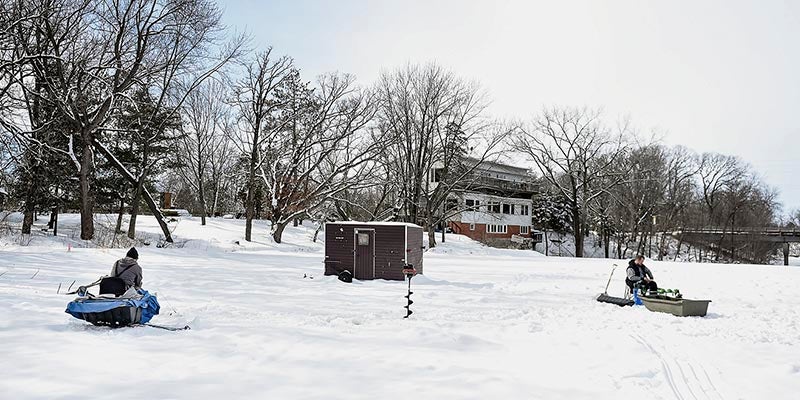Summer library programming provides opportunities to inspire
Published 5:49 pm Friday, August 2, 2024

- Ben Richard, 5, gets some help putting Legos together from his dad Jacob Richard at the Austin Public Library in July. Eric Johnson/photodesk@austindailyherald.com
|
Getting your Trinity Audio player ready...
|
By Rachel Campbell
The Austin Public Library’s summer reading program is designed to infuse joy into learning and prevent the summer slide for kids and it offers a unique blend of free programming, authors, and events for all age groups, from babies to adults.
This innovative program allows kids to relish their summer break while engaging in educational activities, inspiring them to love learning.
The Austin Public Library has been running the summer reading program for years and has grown with the support of vetted programs like the Southeastern Libraries Cooperating (SELCO), which provides resources and expertise, and state funding, which helps expand the program’s reach.
The program doesn’t just focus on reading but is made more fun by bringing in artists to help the kids have fun with their own art. They’ve also brought in little robots that the kids would pick up and try to figure out how they work, making the wheels in their minds turn while also having plenty of fun.
Children’s Librarian Salie Olson mentioned bringing in artists was very important to the kids. When asked how she felt about it she remembered a quote by Linda Holtslander of the Loudoun County Public Library:
“Libraries are an incredible resource for the community. Bringing real artists, real authors, real people into the library is so important. With all of today’s technology, we forget that people are still writing books, people are still painting, making music, approaching life directly—not through a computer screen. Everyone benefits from programs—the community responses are so very positive, scholars and artists recognize that they are reaching new audiences, and the libraries are drawing more people, in many cases parts of the community we don’t normally see.”

Families have a variety of opportunities at the Austin Public Library. Photo provided
The program also gives kids and adults the chance to experience style, learning, and socializing, especially after COVID-19, when socializing and being around others was impossible after an extended quarantine.
The Austin Public Library is not just a place for books; it’s a vibrant community hub with year-round programs. In today’s age, where most fun activities come with a price tag, the library stands out as a safe place with free Wi-Fi, free programs, and an energetic environment accessible to all. The constant support from community collaborators further strengthens this sense of community, making the library a place for everyone.
When the school year ends, kids have much more time on their hands, and the library is an excellent place for them to go during the three-month summer vacation.
Most kids come in, see the program, sign up, and love what they sign up for. They become library patrons as they continue to participate and enjoy the program. They can attend every event for fun, from book readings to art workshops and even unique author visits.
Austin Public Library Director Julie Clinefelter and Olson run the summer reading program with volunteers and other library staff helping to run the events within the program.
They love everything about it. But narrowing it down, Olsen’s favorite part is when kids can play and have fun.
“Sometimes, they are tied to knowledge and books and don’t even know it,” she said. “Kids are excited to come in and get their logs to tell me, ‘I’m gonna read this many books!’ It makes me love how involved they get in summer.”
Clinefelter also mentioned loving how excited the children get, but her favorite part is the energy the kids bring to the library.
“It changes the library. It’s good energy revs you up for next year.” said Clinefelter, who has loved the success and excitement that grows each year.
The summer reading program allows kids to come in, pick out a book they want to read, and read it on their own time.
They’re given a fun little reading log to help them keep track and be proud of their progress.
The staff at the library work hard to keep these smiles on these kids’ faces by “Fostering that love of learning,” mainly by doing all of this together as a family, Clinefelter said.





